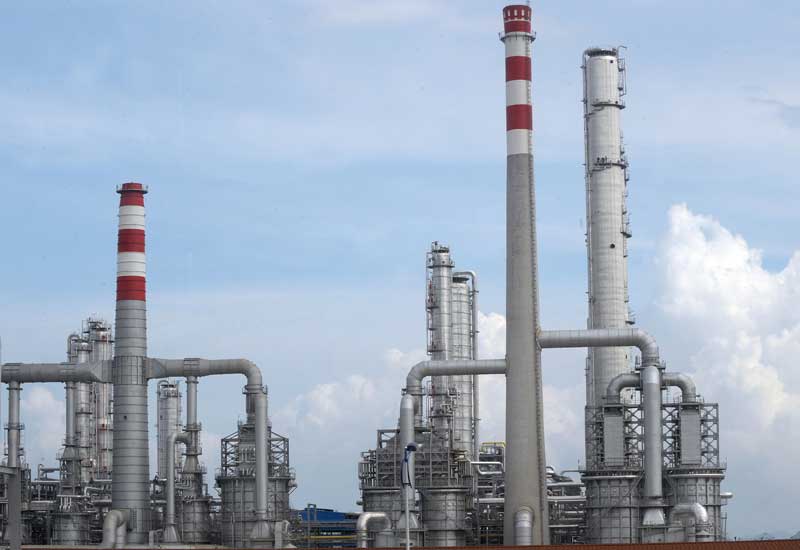Whatever the outcome of short term market volatility and extra Saudi supply, oil prices are destined to rise according to a report by Sarasin, a Swiss bank.
The report, “Crude Oil – Investing in volatile times”, says the market for crude oil is expected to contract in the coming 12 months. In the short term, the upside and downside price risks are balanced, which means prices should trend sideways in the next three to six months.
In the longer term, Sarasin expects prices to pick up again. Nonetheless, volatility should remain elevated owing to the geopolitical uncertainties.
Short term demand concerns
Although high oil prices are likely to dampen consumption in the OECD countries, demand should not diminish to the same extent as it did in 2007/08. While the latest data for the industrialised countries does show a slight deterioration in the macroeconomic outlook, the economy is projected to perform better than it did three years ago. Overall, demand from the OECD countries is not expected to contract, but to remain steady in 2011, says the report.
Moreover, on a global scale, oil demand has remained strong in recent months despite high prices, especially due to the relatively price-inelastic demand from emerging market countries such as China and India. Despite a slowdown in industrial production, demand from those countries is expected to remain strong. Nevertheless, concerns over global economic growth are likely to weigh on sentiment in the oil market in the near-term.
“The price of crude oil is expected to move sideways in a range between USD 110 and USD 120 per barrel over the next three to six months,” Eliane Tanner, Commodity Strategist at Bank Sarasi, says. “Oil could be trading at the upper end of this price range by the end of the year. In the longer term, we expect to see higher oil prices as the global crude oil market narrows. But volatility in the crude oil market will remain strong given the heightened level of uncertainty.”
Drop in Libyan production cuts OPEC‘s spare capacities
While the structural drivers behind demand are intact, geopolitical risks remain on the supply side.
The unrest in Libya and protests in other countries in the region continue. Production in Libya has dropped by about 1.3 million barrels per day (mb/d) due to the ongoing conflict. Although Saudi Arabia, the largest OPEC producer, has announced that it will increase its output, thus far Libya’s missing output has been only partly compensated. The quality of crude oil represents another problem.
Libya produces high-grade sweet crude. Saudi Arabia cannot supply this quality of oil and several refineries experience problems when processing this heavy crude. Hence, the market remains dependent on Nigeria’s supply of high-grade crude which is not only running near full capacity for some months but also faces high risks of politically motivated attacks on its oil infrastructure. All these geopolitical uncertainties should keep volatility high and the downside risks limited for oil prices over the next few months.
Geopolitical risk curtails investments
Events in the Middle East and North Africa once again show how uncertain future crude oil production is. While the short-term effects are very hard to quantify, the mounting risks in the region are likely to have an adverse effect on investments. This situation has negative consequences for longer-term supply. Moreover, these supply-side uncertainties probably mean that the consumer countries will be keen to maintain bigger inventories. This is likely to keep the market narrow and prices well supported in the longer term.



